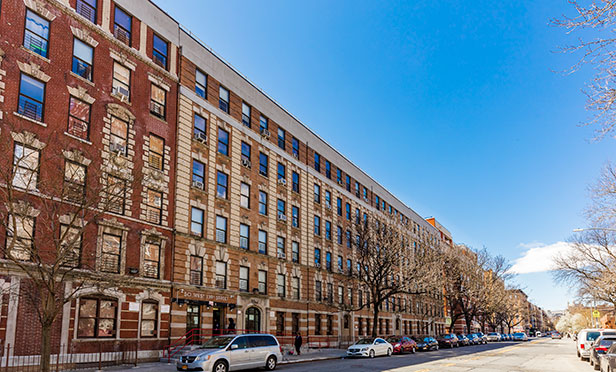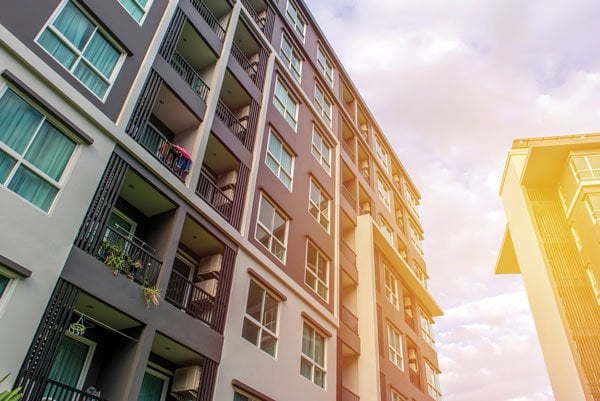NEW YORK CITY – Multifamily transactions in New York City took adip third quarter compared to Q3 2018. And although the number isexpected to pick up year-end with sales in the pipeline,multifamily investors are still trying to find their way in thenewly priced environment due to statewide enactment of rentregulation preventing landlords from implementing rental increasesand destabilizing units, according to a recent from Ariel PropertyAdvisors.
|Since the Housing Stability and Tenant Protection Act of 2019(HSTPA) in June, multifamily transactions have lagged. From Julythrough September, New York City saw 61 multifamily transactionscomprised of 88 buildings totaling $1.1 billion in grossconsideration. Compared to the same quarter in 2018, transactionvolume declined 45%, building volume dropped 57% and dollar volumeslid 51%. Compared to the second quarter, transaction and buildingvolume both fell 42%, while dollar volume slipped 38%, according tothe report.
|The anticipation of the bill was high before the officialenactment, which led to a market pause that carried into July andAugust as investors shuffled their cards to mull multifamilyinvestment decisions, Shimon Shkury, founder of Ariel PropertyAdvisors, tells GlobeSt.com.
|Overall, transaction volumes are expected to rebound in thefourth quarter, but are expected not to be substantially higher,Shkury said. "There are more anticipated transactions in themultifamily asset class, as owners and operators feel morecomfortable about the new pricing," he said.
|Despite domestic investors finding their footing in New YorkCity's multifamily submarket, international investors are bullishon investments for the asset type. Investors still attracted toaffordable housing are looking at three subsectors, which includewell located free-market units, typically below 96th street,free-market buildings that have a 421-A tax abatement component, orproperties with low-income housing tax credits, according toShkury.
|"Not all rent-regulated buildings are impacted the same by theregulations – some will diminish in value, some won't," he said. "It's based on location and how stabilized the units are; buildingby building, location by location."
Want to continue reading?
Become a Free ALM Digital Reader.
Once you are an ALM Digital Member, you’ll receive:
- Unlimited access to GlobeSt and other free ALM publications
- Access to 15 years of GlobeSt archives
- Your choice of GlobeSt digital newsletters and over 70 others from popular sister publications
- 1 free article* every 30 days across the ALM subscription network
- Exclusive discounts on ALM events and publications
*May exclude premium content
Already have an account? Sign In
© 2024 ALM Global, LLC, All Rights Reserved. Request academic re-use from www.copyright.com. All other uses, submit a request to [email protected]. For more information visit Asset & Logo Licensing.









